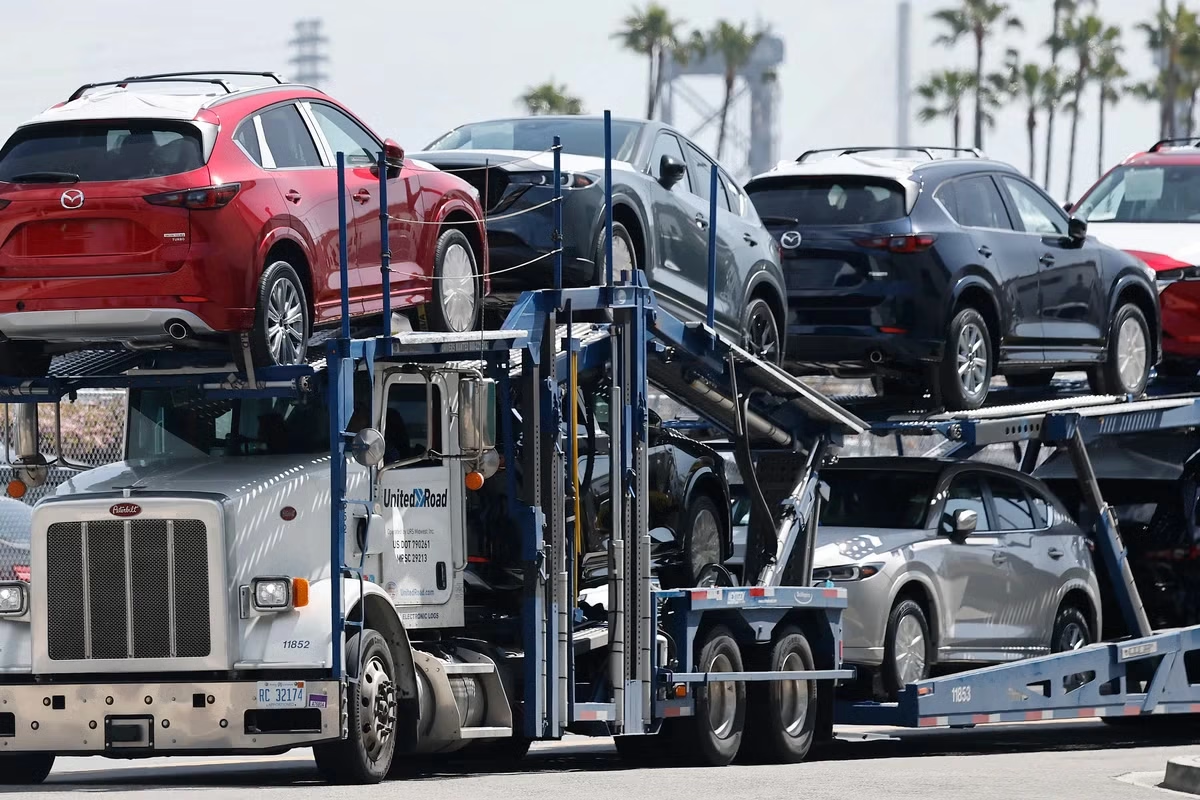The News
U.S. President Donald Trump signed two executive orders aimed at softening the impact of his auto tariffs just days before new 25% import taxes on auto components were set to take effect. The White House also hinted at a new trade deal—possibly with India—and promised more bilateral deals in the coming weeks during a 90-day tariff pause.
Why It Matters
- Impact on Money:
Trump’s offer of temporary tariff offsets (up to 3.75% of MSRP for vehicles built in the U.S.) provides short-term cost relief to automakers. The move helped lift the S&P 500 for a sixth straight day, with hopes that clearer trade deals could reduce business uncertainty. - Impact on Opportunities:
If you’re in auto-related sales, manufacturing, or even content creation around the car market (like EVs or parts reselling), keep an eye on how these changes affect supply chains, pricing, and consumer confidence. Relief for manufacturers might lead to temporary price stability or new domestic job investments.
MoniTip
- Watch for opportunities in reshoring services, auto parts supply, and local manufacturing contracts as carmakers adjust production.
- Global freelancers or e-com sellers tied to U.S., Canada, India, or Mexico auto networks should monitor shifting logistics costs or customs policies.
- Traders: Auto, shipping, and logistics stocks may remain volatile. Monitor stocks like GM, Ford, Toyota, UPS, and parts suppliers for sentiment swings.
Quick Facts
- Trump allows offsets for tariffs on imported auto parts through 2027.
- A tentative trade deal (possibly with India) could ease future reciprocal tariffs.
- Canada and foreign carmakers say more lasting relief is still needed.
- GM delayed earnings guidance until after trade terms are clarified.
- U.S. GDP for Q1 is expected to slow to 0.3%, with economists warning of a drag from the tariffs.
- UPS is cutting 20,000 jobs; 40+ firms have lowered guidance due to tariff chaos.








